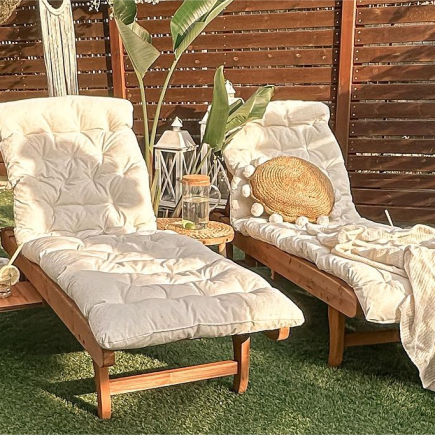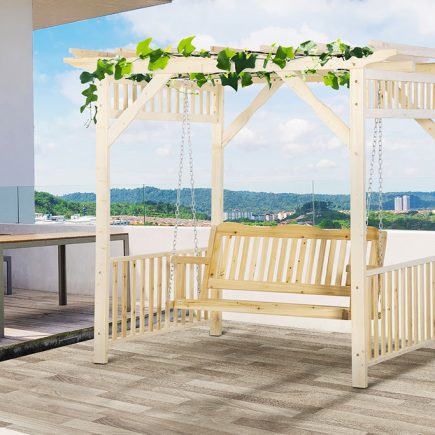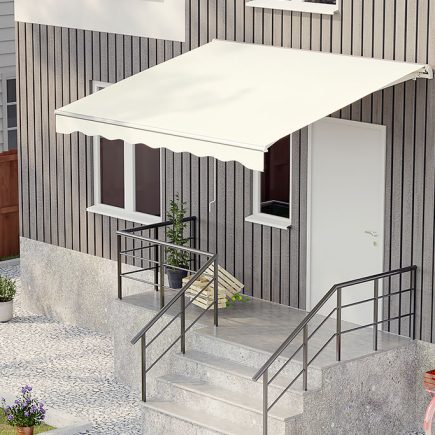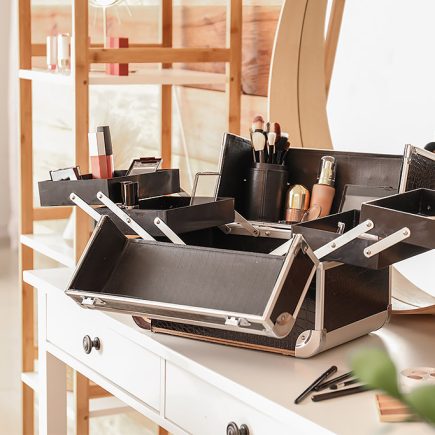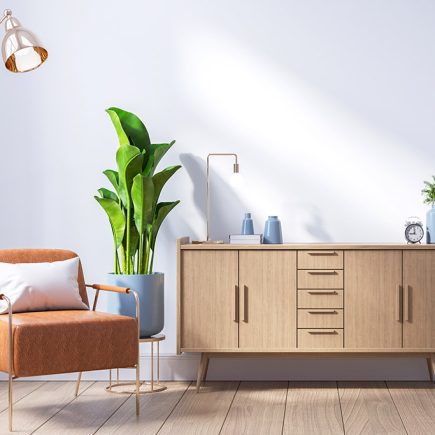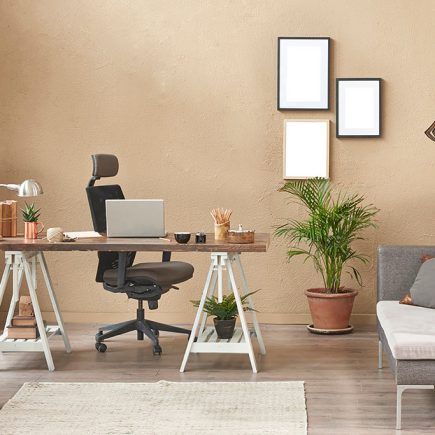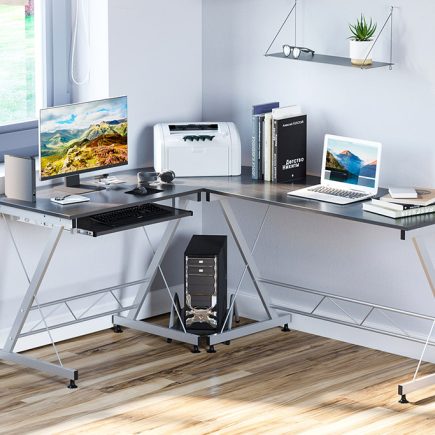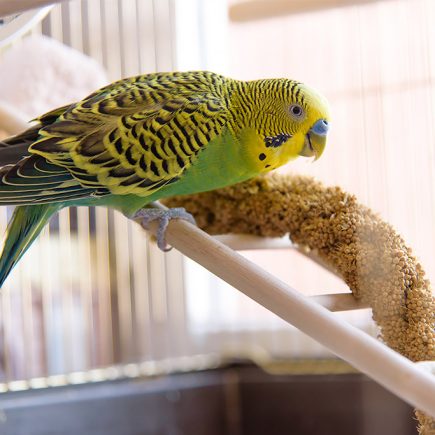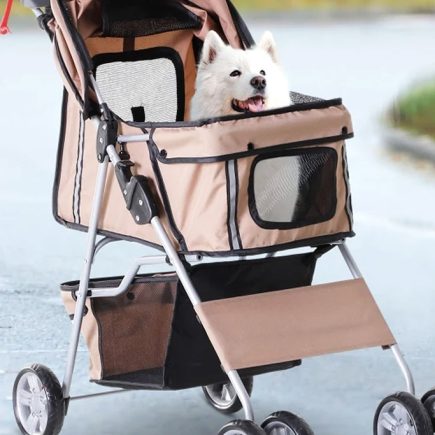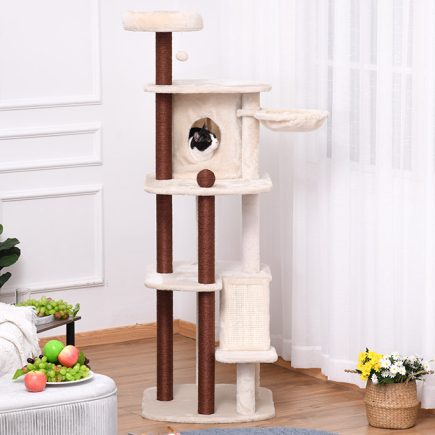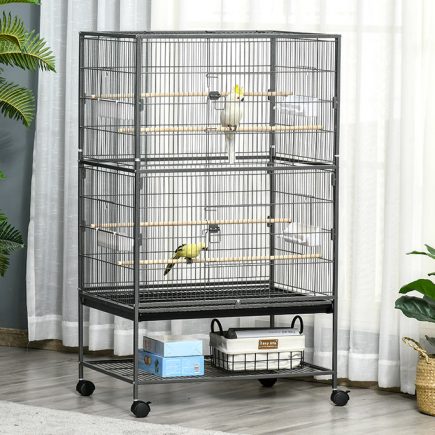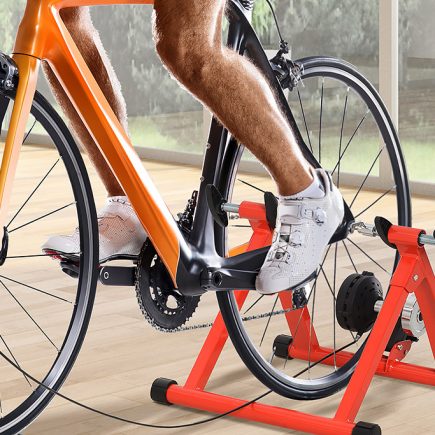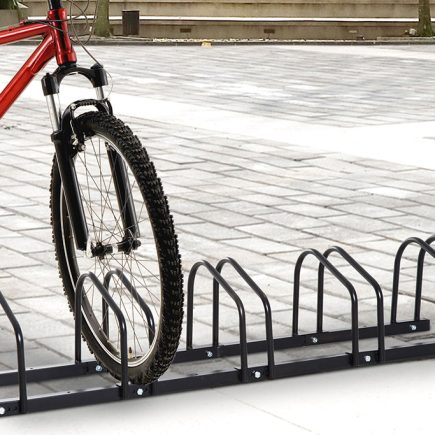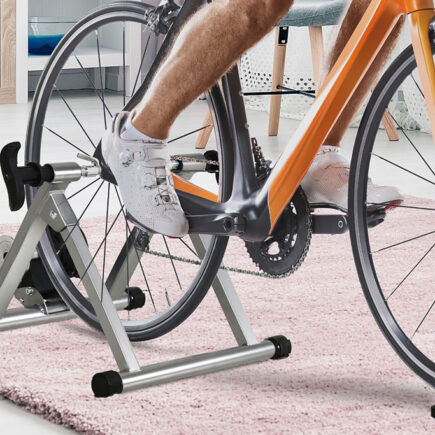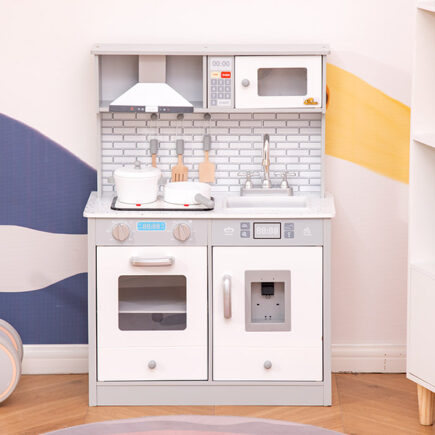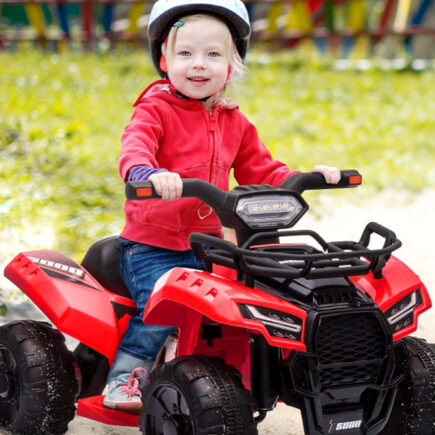Whether you’re planning to lay by the lake, in between trees while camping, or simply reading a book in your backyard, a hammock bed provides a sense of serenity to your outdoor experience. Deciding on which hammock bed to purchase isn’t difficult as any will give you some comfort level; however, with the essential background knowledge included in this article, you will feel confident selecting a hammock bed that meets your specific needs.
Key Features to Consider
- Material
- Durability
- Dimensions
- Is a hammock bed for you?
- Which hammock bed is best for you?
What is a Hammock Bed?
A hammock bed consists of fabric or rope mesh and netting cords using chains, cables, or other durable material to suspend the canvas above ground level. The hammock bed has two connecting ends where chains, cords, or other strong material attach to two parallel points. Unlike conventional mesh rope hammocks, a hammock bed uses a fabric canvas structure for increased comfort and stability. Although hammock beds are known for outdoor use, some people have begun using their hammock beds indoors as a substitute for traditional mattress beds.
Materials to Choose From
When it comes to materials, purchasers must also consider the functional properties of materials, not just how they feel. Hammock beds come in many different fabric types and styles:
COTTON

Cotton hammock beds are a common and traditional material used because they are lightweight and comfortable to lay on. Lounging on a cotton hammock bed will be relaxing, and many are mildew-resistant such as this hammock bed.
NYLON

Ideal for those going camping or for cabin getaways where you don’t want to pack too much and need a fully weather-resistant hammock bed. Like the cotton hammock bed, nylon is a lightweight material, but this does not offer the same support.
POLYESTER/OLEFIN

Also known as “quilted hammock beds,” polyester hammock beds are weather-resistant but not as soft to the touch as cotton hammock beds. Some hammock beds mix polyester and olefin to create a plush layer in the centre for extra comfort. A blend of cotton and polyester hammock beds like this one are weather-resistant and soft to the touch.
How durable is your hammock bed? Will it last?
When shopping for a hammock bed, it is important to read the weight limitations of the product so your hammock bed can last for a long time. Some hammock bed designs allow more than one person to share the bed, but others do not. Be sure to read the weight capacity so that your hammock bed does not tear from excess weight.
Depending on the style of hammock bed you purchase, some come equipped with hardwood spreaders which provide additional stability. However, these wooden spreaders can snap and crack if not cared for after using the hammock bed. Most hammock beds come equipped with thick cords or other firm materials to hold up the hammock bed canvas. No matter which style of hammock bed you purchase, a high-quality hammock bed will withstand external stressors if set up and cared for properly.
SOME MAINTENANCE TIPS
Some tips for caring for your hammock bed include but are not limited to:
- Do not make a non-portable hammock bed portable by jamming it into tight spaces or folding it.
- Make sure to shake any dirt off the hammock bed after use and clear away any debris or abrasive material.
- Always follow the manufacturer’s instructions on how to wash your hammock properly.
- Store your hammock bed in a dry and spacious place.
Dimensions
Hammock beds come in various sizes, which means some hammock beds hold more than one person. The typical width of hammock beds can range from 48 inches to 108 inches, and the length can range from 80 inches to 168 inches. Choosing between a single, double, or multiple hammock bed is a personal choice; oftentimes, buyers will prefer to purchase a double hammock bed because of its spaciousness.
Is a hammock bed for you?
Other than camping, there are many uses for hammock beds. Hammocks are quick to unfold and set up, making them an excellent source of relaxation when away from home and even at home.
Hammock beds are a great way to prevent contact with the ground when you’re out at the beach, camping, on a picnic, relaxing at a park, or away for a cabin weekend. A hammock bed can enhance any outdoor adventure!
Recently, many people have been swapping their mattresses for hammock beds because a few scientific studies have claimed that sleeping on a hammock bed leads to faster and deeper sleep. A study by Current Biology found that the swaying motion of a hammock bed helps facilitate sleep rhythms in the brain help people get a deeper sleep. Sleeping on a hammock bed encourages people to sleep on their backs, promoting spine health and reducing back pain.
Which hammock bed is best for you?
Now that you know about hammock beds, and perhaps want one, let’s look at a couple options:
Quilted/Polyester
Composed of polyester and olefin, a quilted hammock is a double fabric canvas that sometimes has a cushion in its centre for extra comfort.
Consider: Outsunny, 83″ Large Hammock Bed, Striped, Fits two people Sun Bed Camping, Hang Sleep w/ Pillow
Not portable, but is spacious and comfortable; Holds up to 462 pounds; Hammock bed length 6.9’, width 4.6’. Does not specify as weather resistant.

Brazilian
Made from thick cotton fabrics, this hammock bed is the go-to hammock for replacing your mattress or for lounging outside.
Easy to carry, spacious enough for two people, holds up to 440 pounds, hammock bed length 6.6’ and 3.3’ wide, and fabric that is dye treated for UV resistance.

Camping
Lightweight and portability is of the utmost importance when camping and backpacking in the woods.
Consider: Outsunny 83″x59″ Double Hammock Bed, Sun Bed, Lounge, Garden, Camping, Hiking Furniture
Easy to carry and store, ideal for hiking, camping, climbing, boating, traveling, picnicking, “back-yarding”, or garden and yard use, weight capacity 462 pounds, hammock bed length is 6.8’ and 4.9’ wide.

